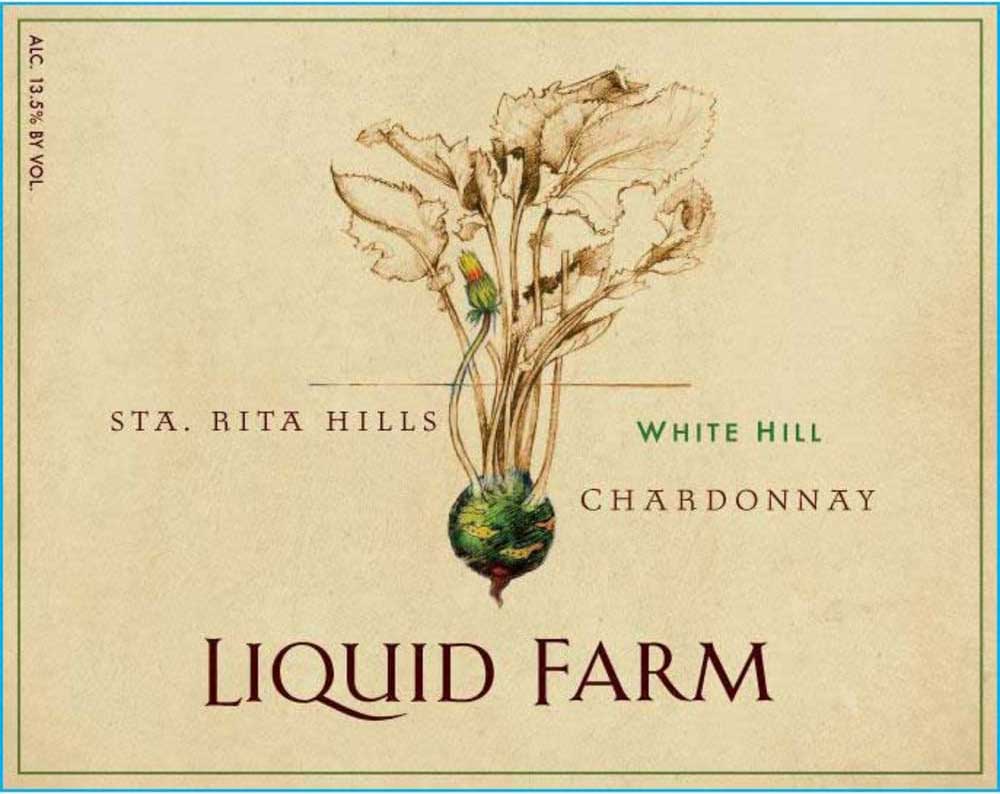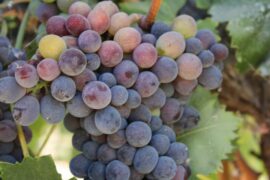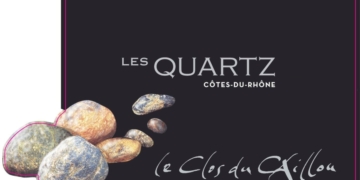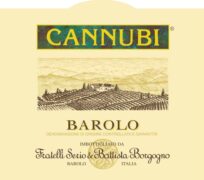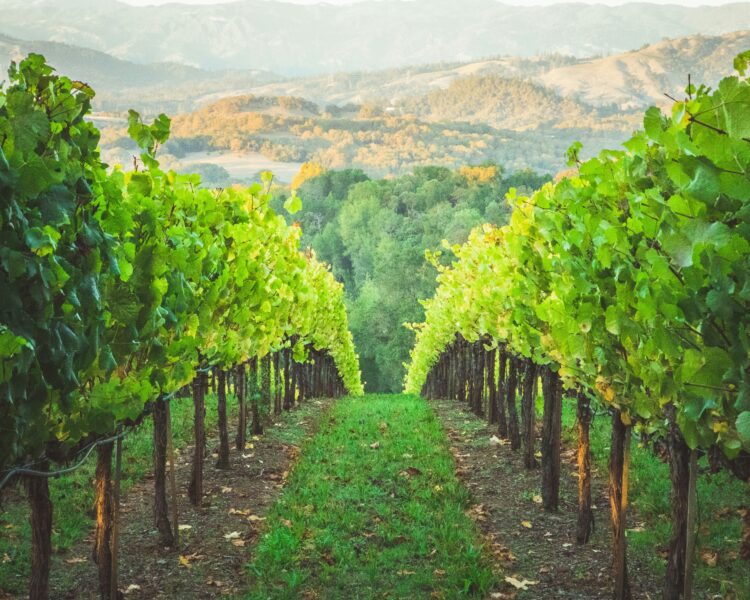Clay can be both a challenge and a blessing for grape growers, often contributing to some of the world’s finest wines. It’s a soil type we all recognize—sticky and heavy after a winter walk, clinging to our boots and making each step heavier.
Gardeners often lament its poor drainage and dense, solid nature. Potters, on the other hand, cherish clay for its plasticity—the ability to mold and hold delicate shapes is what allows us to have fine ceramic plates and cups. We often take these unique properties of clay for granted.
When it comes to wine, clay has a complex reputation. On one hand, its poor drainage isn’t ideal for vines, which prefer well-drained soils to avoid “wet feet.” But during a hot, dry summer, regions like Saint-Estèphe in the Médoc boast about their clay-rich soils, which retain moisture better than gravelly soils, helping vines avoid stress. Clay soils are also cooler and take longer to warm up in the spring due to their higher moisture content. In Bordeaux, these characteristics often favor Merlot, a grape variety that can thrive in such conditions.
So, what is clay, and why does it evoke both love and hate from grape growers?
The Science of Clay
Clay is defined by the size of its particles—tiny grains no larger than 0.002mm. These particles are so small that while you can easily see a grain of sand, you’d need a powerful magnifier to see a clay particle. As geologist Alex Maltman explains in his book *Vineyards, Rocks and Soils* (Oxford University Press, 2018), if a grain of sand were the size of a wine barrel, a clay particle would be smaller than a coin.
When we think about soil composition in terms of particle size, we move from sand to gravel and beyond. The difference between the clay clinging to your boots and the pebbles of Châteauneuf-du-Pape is primarily particle size. But that doesn’t mean clay is simple. In fact, it’s incredibly complex with remarkable properties.
Types of Clay and Their Impact on Vines
There are different types of clay, distinguished by the minerals they contain, which depend on the type of rock they weathered from. Granite, for example, can weather into kaolinite, a type of clay mineral, while igneous rock can weather into montmorillonite, another clay mineral.
For vines, these differences matter. Vines absorb nutrients through a process called cation exchange, where positively charged particles (cations) bind to negatively charged particles in the soil. Kaolinite has a low cation-exchange capacity, making such soils relatively infertile. Montmorillonite, on the other hand, has a high cation-exchange capacity, making it more fertile—a key reason why volcanic soils, rich in montmorillonite, are often so beneficial for vines. However, sometimes infertile soils can be advantageous as they restrict vine vigor, leading to better-quality grapes.
Clay’s structure is sheet-like, with a massive surface area despite its minute particle size. A single gram of dry clay can have a surface area larger than two parking spaces. Water can get between these sheets, which is crucial for vines. If the water remains, it provides a valuable resource during drought. However, some clays expand when warm, pushing water out and causing issues like waterlogging and oxygen depletion—conditions that vines do not favor.
Kaolinite soils drain well, store some water, and don’t promote excessive vine vigor, making them useful in vineyards. Kaolinite also has other uses, such as in sunscreen sprays and as a fining agent in winemaking. Its ability to form strong, thin shapes also makes it the key ingredient in fine china.
Montmorillonite, part of a group of clays known as smectites, is known for its water-absorbing capacity. It swells dramatically when wet, which can be both beneficial and detrimental to vines. However, in drought conditions, it may dry out and not provide water when vines need it most. This clay is found in regions like Tokaj, parts of Burgundy, and Petrus in Pomerol, where it plays a crucial role in the terroir.
The smectite at Petrus, rich in iron, can cause some hydric stress in the vines, but not excessively. The clay swells and shrinks, preventing waterlogging and helping to control vine vigor by limiting root depth to one or two meters.
The Complex Role of Clay in Vineyards
Clay minerals like kaolinite and montmorillonite are not alone; others like illite, chlorite, and vermiculite also contribute to the complexity of vineyard soils. A vineyard typically contains a mixture of these clay minerals, each influencing the vines in different ways depending on their location and the overall soil composition.
In the Côte d’Or, for example, clay is mixed with limestone. The red grands crus of the Côte de Nuits often have smectite clays, while the white grands crus may contain more kaolinite. The type of clay and its interaction with other soil components like limestone can significantly impact the wine’s character.
Geologist Gary Jordan, who makes wine at Jordan Wines in Stellenbosch and soon at Mousehall in Sussex, England, notes that while both regions have around 30% clay content, the clay types and climates differ. In Stellenbosch, clay from feldspar and mica in granite provides essential moisture during hot summers, while in Sussex, the clay derived from mudstone and siltstone varies more dramatically. Here, drainage is more critical due to the cooler climate.
With climate change leading to hotter, drier summers, the water-retaining properties of clay are becoming increasingly valuable. In vineyards worldwide, clay is both a challenge and an asset—a testament to its complex and powerful role in winemaking.



